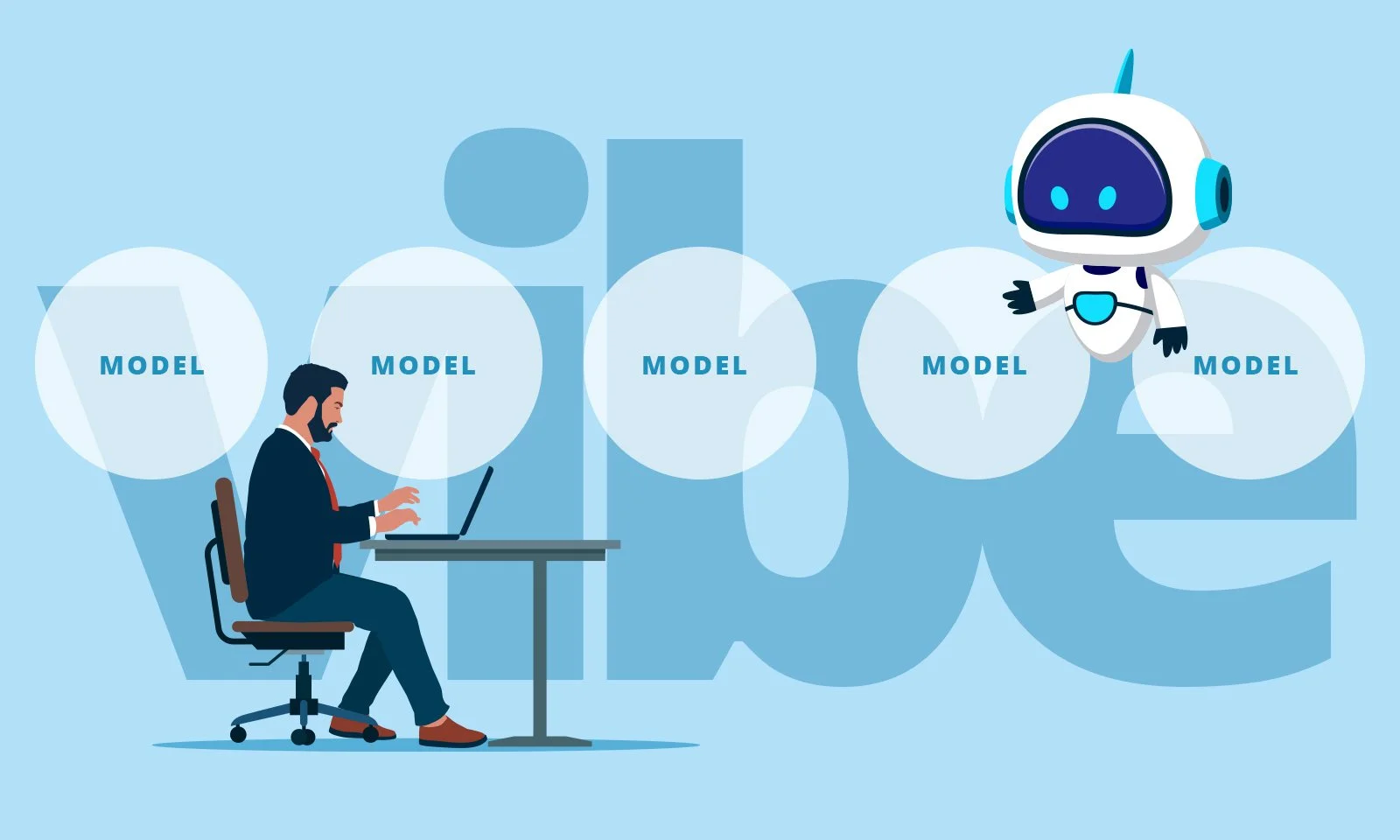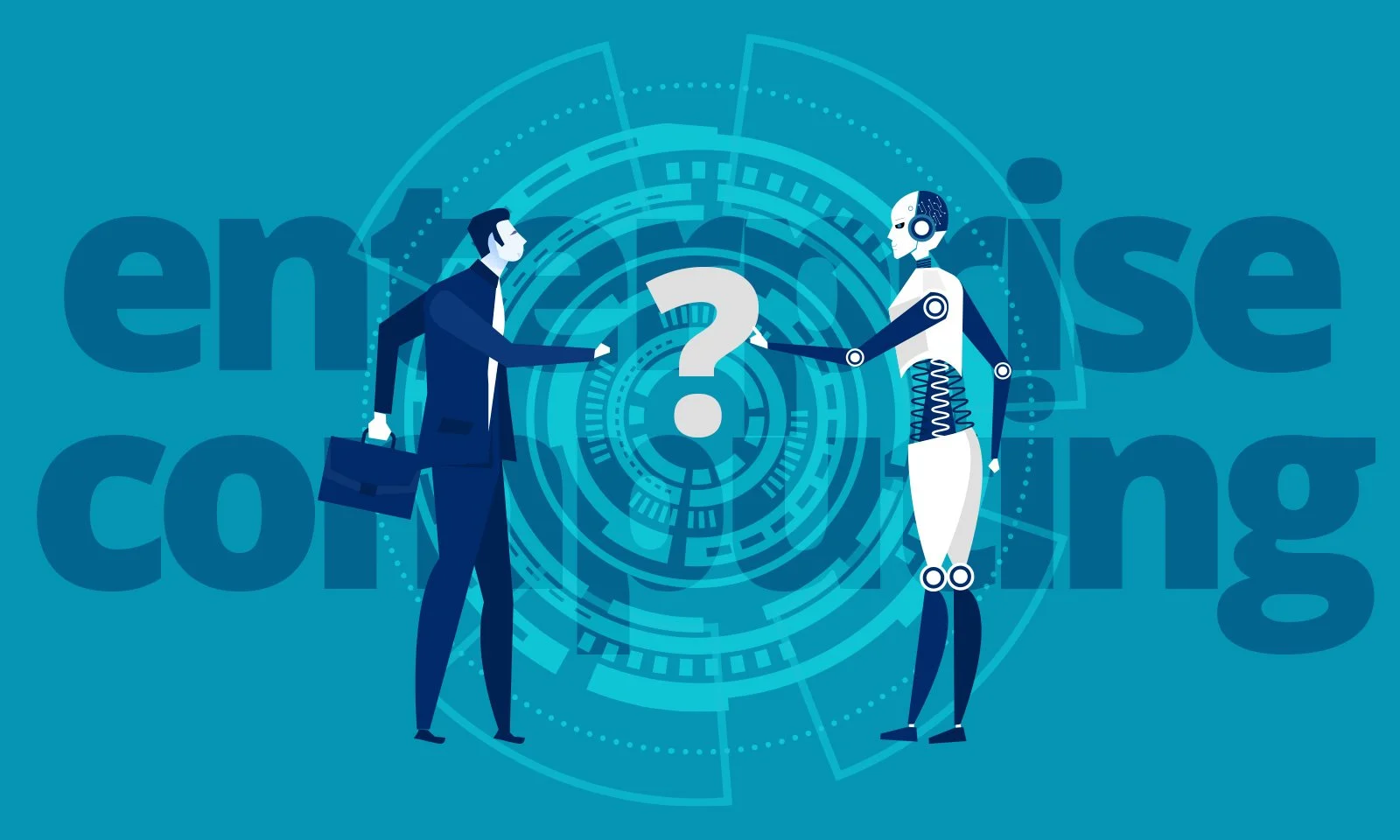Sympathetic Resonace
By Gregory Ronczewski, Director of Product Design at Ibbaka. See his skill profile.
When I was in high school, I enrolled in classic guitar classes offered by the music school my mother was a principal. She tried to persuade me for a long time that playing an instrument is an essential part of education, but I firmly resisted until I changed my mind one day. She was delighted, even though I dismissed piano lessons—now I deeply regret this—which generally would accompany classes where a student decides on a specific instrument - a violin, cello, or guitar. Nevertheless, I began learning musical notation, grew fingernails on my right hand and became a music school student. Although in class, we were learning scales and some classical pieces that one would play at the beginner level, outside of school, I found that a few of my friends shared my interest in making music, and we started to experiment, mostly with folk and blues. Pretty soon, I was inseparable from my guitar. The affair lasted several years until the summer of 1993 when we packed four bags and departed for Canada. For practical reasons, I left my faithful companion at the school, hoping it would give another student the same joy of feeling vibrating strings.
There is a funny experiment called sympathetic resonance that we often tried when playing with my friend. Plucking a string on one guitar close to another will result in the exact string vibrating on the second instrument—Quantum entanglement at a very close distance. The same effect can be observed with tuning forks.
“Sympathetic resonance is an example of physical entrainment, in which periodic behaviour of one object can be communicated to another, even when there are no direct physical connections between the two.”
The phenomenon was discovered in 1666 by Christiaan Huygens, a Dutch mathematician, astronomer, and physicist best known for the wave theory of light and finding the shape of Saturn's rings. The same resonance makes the piano sound so beautifully when dampers, controlled by the pedal, are raised, allowing the strings to vibrate together for longer.
You may wonder where on Earth I am taking you with yet another of my stories, but this time, I have a plan. Not to admit that I usually don't have a plan, which is true to some extent. Sometimes the story takes over, and the outcome is somewhat unexpected.
Ibbaka Talio is a skill and talent management platform, and the skill profile sits at the center of it. I quickly searched for empathy, a skill listed in the Social Category. The search revealed that a lot of people claimed this skill. In fact, almost everyone has it, including me, with an average level of expertise of around three to four - in other words, solid or expert. It is undoubtedly a skill everyone claims - you don't want to remain unempathetic, do you?
Merriam Webster defines empathy as: the action of understanding, being aware of, being sensitive to, and vicariously experiencing the feelings, thoughts, and experience of another of either the past or present without having the feelings, thoughts, and experience fully communicated in an objectively explicit manner. Cambridge Dictionary offers a slightly different and simpler description: the ability to share someone else's feelings or experiences by imagining what it would be like to be in that person's situation. Although empathy is often associated with sympathy, it is very different - an understanding and care for someone else's suffering. Empathy mapping, empathy tools, empathy in service design. It's an essential skill, but how does it actually work to explain the traits of an empathetic person?
So, it's about understanding and the ability to experience any situation emotionally, but with a certain division or a border in place, allowing us to uncover the root cause or offer a possible solution. On the other hand, if we remove all borders, and deeply embrace the situation, we will "vibrate" at the same frequency as the person we are trying to connect with, becoming emotionally the same, which is not necessarily a good thing. Since emotions, thoughts, or ideas can be described as energy, it is not an alien concept to see how an experience of a person, often amplified by an expressive story, can alter our mood, perception and ability to see the big picture. Movies or books are perfect examples of a story's impact on the audience. In this case, we would become emotionally the same as the person we empathize with.
In my last installment, I wrote about the halo effect. Empathy is, in my opinion, very similar. Or, at least, it is governed by the same rules. Positive or negative emotions or experiences influence the surrounding group, being the customers, team members, peers, or friends. In the same way, the positive energy a charismatic personality carries can lift spirits and empower to perform otherwise impossible undertakings. Conversely, a negative version can lead to a collapse.
Browsing the skills library on Ibbaka Talio reveals that empathy relates to communication, adaptive thinking, and customer insights. Although almost everyone happily adds empathy to their skill toolbox, it takes a degree of sensitivity to apply this correctly, this essential skill in such a way that it doesn't overpower the skill holder with feelings and emotions too strong to offer a solution or at least, an alternative point of view. I am not saying I know how to do it. I am not. I consider myself a learner in applying empathy. But digging deeper into the world of skills—and Ibbaka Talio is a great place to start—opens up many associations to how our precious world operates in the physical and not-so-physical dimensions.
Some time ago, I bought my son a nice Yamaha acoustic guitar for Christmas, secretly hoping that perhaps, he would not express a lot of interest in playing the instrument. He did not—be careful what you wish for—so unfortunately, his education may lack a few "essentials," but this Christmas gift reunited me with the pure joy of making music, which I do every day.








